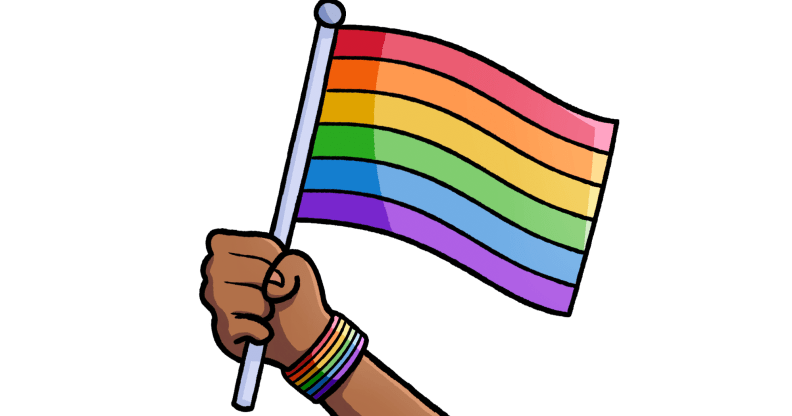Sara Kelly Keenan becomes first person to receive intersex birth certificate in the US

Sara Kelly Keenan has become the first person in the New York state, and possibly the whole of America, US to receive an intersex birth certificate.
Keenan, who was born with male genes, female genitalia and mixed reproductive organs now holds the intersex birth certificate, rather than a male or female document.

Intersex refers to individuals whose reproductive or sexual anatomy does not fit with the definition of female or male.
Although Keenan knew her request had been approved early in December, she still feared something would go wrong last minute.
When she received the document, Keenan was over whelmed.
She said to Mic: “It felt incredibly wonderful to see that word plastered there as truth and reality, as nothing to be ashamed of. Just truth.”
The 55-year-old said the birth certificate is “empowering and shocking”.
Up until 2012, Keenan was unaware of her intersex status, and throughout childhood she feb pressure over her gender.
“I always knew I was something other than what the boys were and something other than what the girls were but I didn’t know what that was,” she said. “And I thought I was alone in the world with whatever it was.”
Keenan was the second American citizen to be granted a “non-binary” gender status in California. However, in New York it’s required that birth certificate gender markers are based on biology.
Thus, they rejected “non-binary” but allowed “intersex”
Keenan hopes the breakthrough will push science to catch up and in the future gender identity can go beyond the constraints of male, female and intersex.
“New York has opened the door and I don’t think they’ll be able to shut it again,” she said.
Keenan is also working on the Intersex and Genderqueer Recognition Project as a paralegal to push for a change in gender recognition.
“In bringing this change, all the intersex children born now and yet to be born are my children because I can bring change for them,” she said. “I don’t have a biological piece of the future but I have a heart piece of the future through those children because I can help them and give them a better experience.”
The sample is admittedly small but probably considerably representative of the number of trans/non-binary teacher.
However, the number is skewed as 56 percent taught in high schools, which is higher than the general population.
Nearly two-fifths of respondents had been teaching less than five years, and 38 percent were under the age of 30.
Over half, 53 percent, identified as male.
Non-binary or gender fluid people made up 21 percent of the sample and 15 percent identified as female, femme or as a woman.
NPR notes that this is an interesting figure about the sample because traditionally women dominate the teaching profession.

